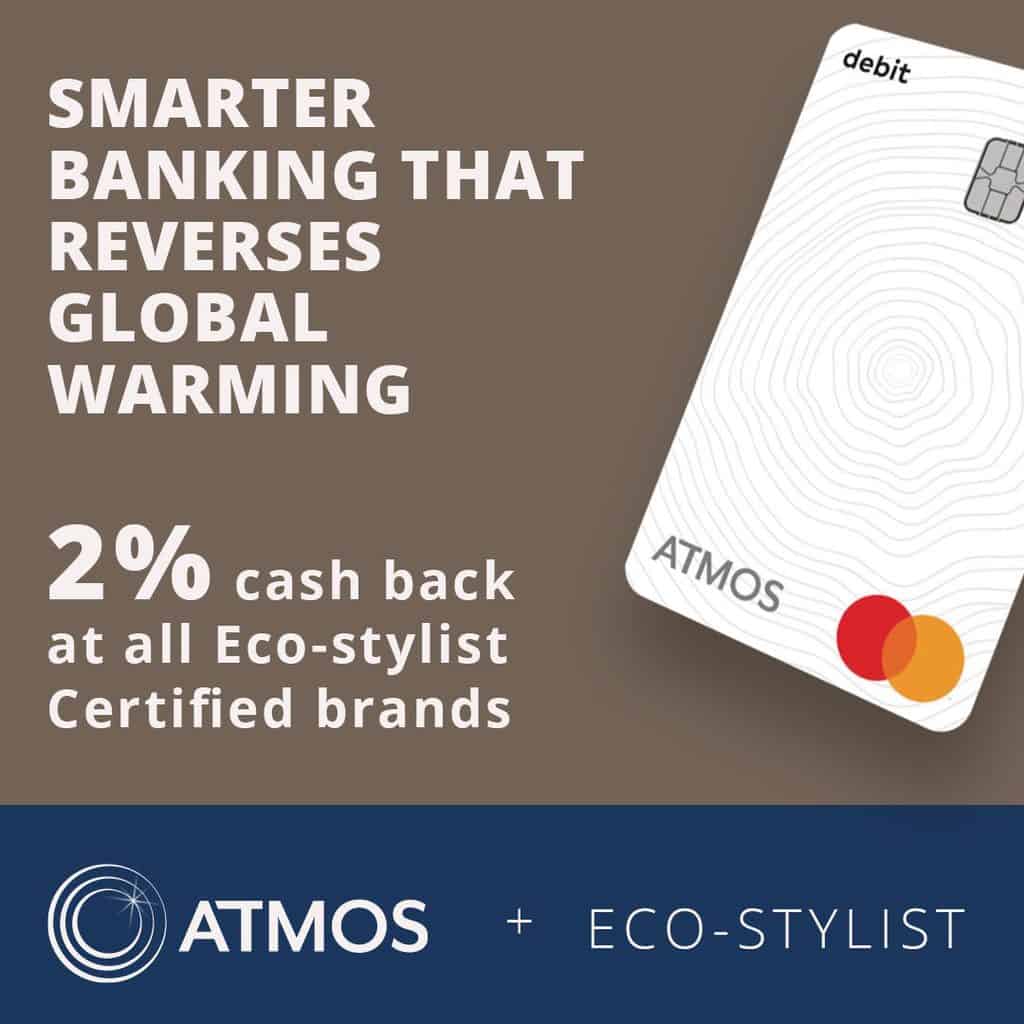
Amazon is truly a one stop shop – within seconds you can have virtually anything on its way to virtually anywhere. This includes their clothing collection, Amazon Essentials, a line of basic essentials for men, women, children, and infants. Amazon Essentials makes it easy to find anything you could need: back to school shoes, matching pajama sets for the family, a blazer for your job interview; you name it they have it.
Amazon’s massive empire, complete with a monthly 197 million online users worldwide and a yearly revenue of 386.06 billion dollars, is slowly and silently becoming the leader in clothing sales. The clothing department at Amazon takes the title for the department with the most brands launched, totaling more than 10,000 products. Their private clothing line under review, Amazon Essentials, holds 4.7% of the worldwide market share.
With such a major conglomerate making beaucoup bucks from their clothing lines, shouldn’t we stop adding their items to our cart long enough to consider if the manufacturing process is sustainable?
The ease of shopping from the largest e-commerce platform in the country leaves little time to stop and think about what products you are buying. Where are they from? Who is making them? How are they made? How does its production impact the environment? Where do the materials come from?
At Eco-Stylist, we use our sustainable brand criteria (powered by Remake) to ask these questions. We considered 5 impact areas: transparency and traceability, maker well-being, environmental sustainability, sustainable raw materials, and leadership, diversity, and inclusion.
Out of a combined total of 100 points, Amazon Essentials scored a measly 21 points. By taking a closer look at each impact area, we can determine just how Amazon Essentials earned this failing grade.
Transparency and Traceability
When it comes to transparency and traceability, the bottom line is simple. Can Amazon Essential products be traced through every step of production back to raw materials? The answer is no.
Out of 14 points, Amazon Essentials only scored a 5 in transparency and traceability. The only points scored in this area were for a public supplier list complete with names and addresses of factories, and the mention of subcontracting in their supply chain standards manual.
Obviously, Amazon Essentials missed out on more points than they earned. The points they lost were for not disclosing the actual conditions of factories, not providing information on material suppliers that would increase traceability, and a general lack of effort to engage facilities beyond cut-and-sew production.
Maker Well-Being

Amazon Essentials scored 10 points out of a possible 33 points in the area of maker well-being. Yikes!
5 points were scored for the supply chain standards manual Amazon Essentials has in place. This manual outlines the expectations for a safe and respectful working environment, discusses the assessment of factories through third-party audits, and describes the corrective action plan for addressing issues that may arise.
The other 5 points come from the implementation of BSR’s HERproject in select sites. The HERproject hopes to empower low-income women working in the global supply chain. Although this is a step in the right direction for Amazon Essentials, maker well-being programs need to be implemented at more factory locations for a passing score in this area.
Environmental Sustainability
Earning just 6 out of 31 points for environmental sustainability, Amazon Essentials has some work to do.
Amazon’s circular economy approach to reducing waste, repairing products, and recycling products helped Amazon Essentials score a few points. To be more specific, these points come from Amazon Essential’s focus on recyclable and sustainable packaging, increasing recycling initiatives in their operation centers, and donating their surplus inventory.
Also adding a few points is their enterprise level commitment to lower emission levels with a commitment to be a net-zero carbon by 2040. They call this the Climate Pledge, designed to encourage and motivate others to join their level of motivation. I don’t know about you, but a 20 year time frame seems pretty demotivating to me.
Amazon Essentials does not address water usage or quality, does not disclose CO₂ emissions at the product level, does not avoid hazardous chemicals, and does not consider waste reduction during manufacturing. Come on Amazon! We expect better!
Sustainable Raw Materials
Amazon scores a 0 out of 14 possible points in this impact area. Obviously, they need to make some changes.
Are the raw materials grown/produced in an ethical and sustainable way? Are these growers/producers respected in terms of human rights? What is Amazon Essential’s stance on animal welfare?
These are the questions Amazon Essentials must consider. Without a commitment to using raw materials that benefit both the environment and the maker, Amazon will not get our approval!
Leadership, Diversity, and Inclusion
Once more, Amazon gets a failing grade with a score of 3 out of a possible 8 points.
Amazon Essentials does not consider the climate crisis in the trajectory of their production. In other words, they are not a leader in ethical and sustainable consumption or production. While they do publicly disclose their diversity statistics in all levels of their company including the entirety of the supply chain, this was the only way Amazon earned points in this category. Amazon still needs to do more to encourage an inclusive workplace that prevents discrimination of any kind and is a leader in the climate crisis.

Takeaway
Let’s just say it is essential we avoid Amazon Essentials until they demonstrate a greater commitment to all of the areas we highlighted: transparency and traceability, maker well-being, environmental sustainability, sustainable raw materials, and leadership diversity and inclusion.
Don’t forget that Amazon is the leading e-commerce platform in the country, they have no excuses! They need to be leaders in sustainable fashion, leaders in addressing the climate crisis, and most importantly leaders in change for the good of the environment, the makers, their employees, and to their customers.
Ethical Alternatives to Amazon
There are some great ethical swaps for Amazon Essentials. Here’s 10 of Eco-Stylist’s favorites:
- Colorful Standard
- Pact
- Outerknown
- Toad&Co
- Kotn
- Nisolo
- Tentree
- Girlfriend Collective
- United by Blue
- prAna
Looking for more brands that fit your budget and your values?
Check out Eco-Stylist’s brand page to find ethical and sustainable clothing brands that will inspire your style–and a lot more.
*Article updated 8/5/22.

Emma is a writer at Eco-Stylist. She studies journalism and mass communications at the University of Iowa. Emma’s love for sustainable fashion was sparked by thrifting with her mom throughout her childhood.










